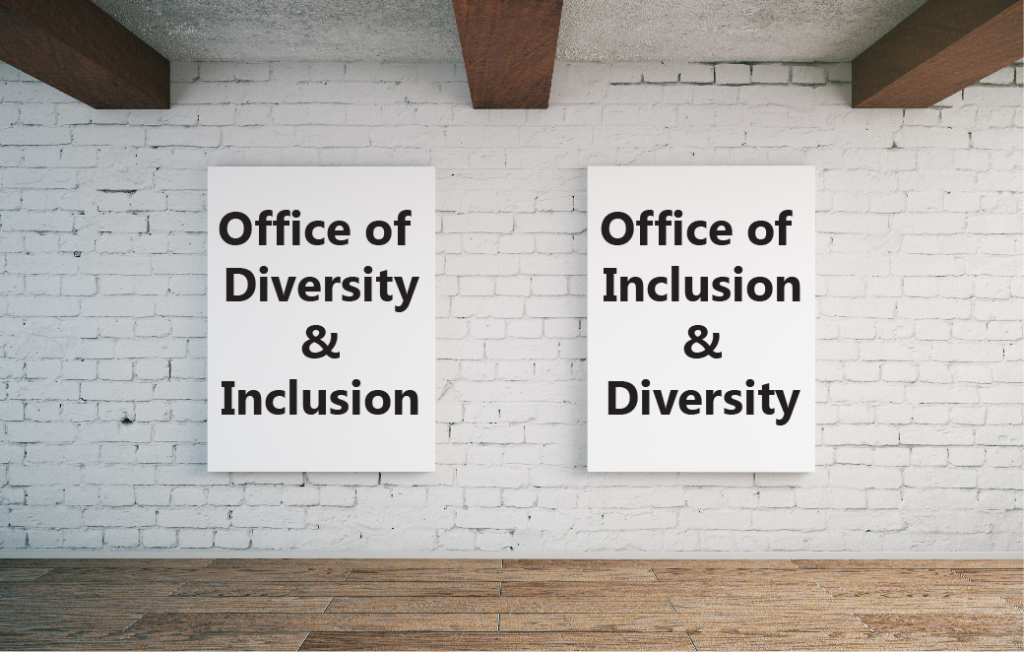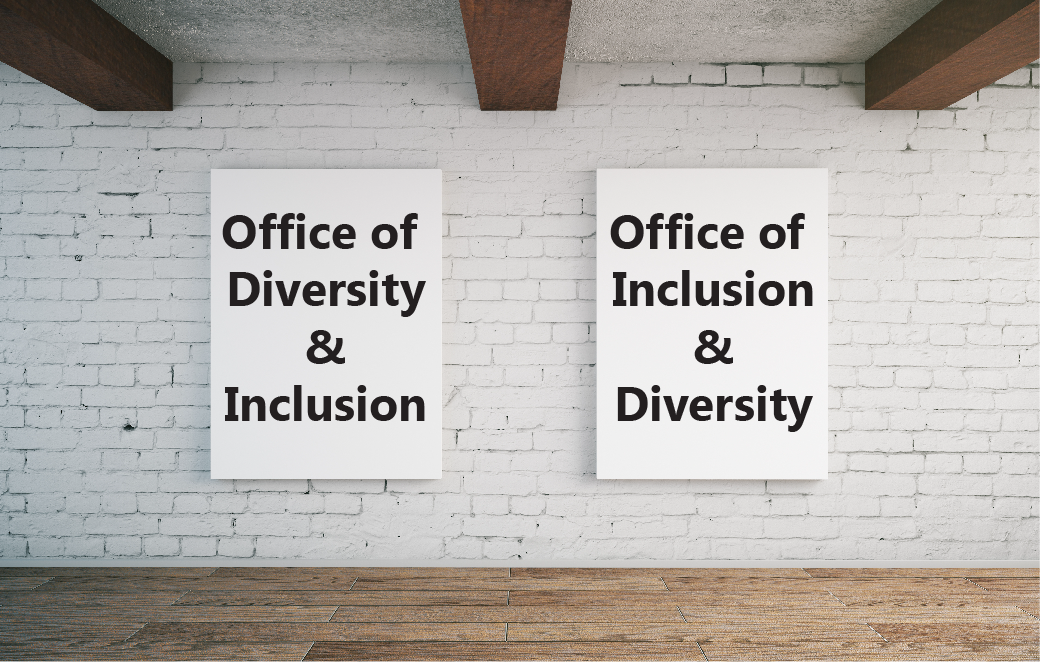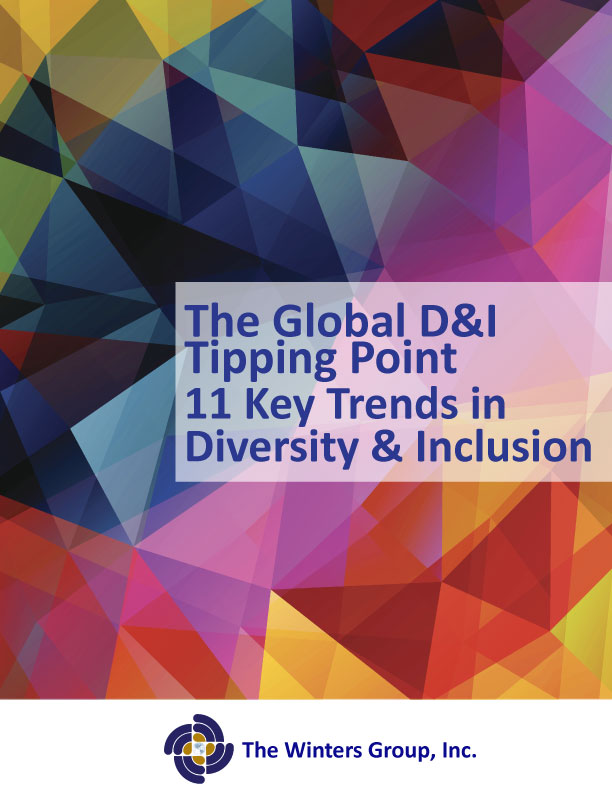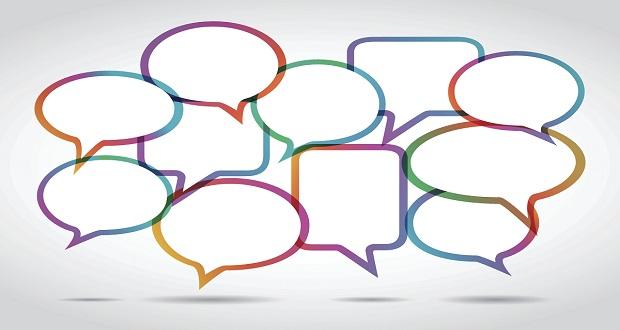
The evolution of how we have labeled this “work” is a diversity trend in and of itself. As more organizations have begun to adopt their own strategies towards fostering a diverse and inclusive workplace, so have they also begun to define what that actually means to their organizations.
As part of our Global D&I Trend series, this week, we explore the ways organizations are labeling their diversity and inclusion (D&I) departments. How much do semantics matter?
Traditionally, D&I (or I&D) has been predicated around the goal of ensuring the presence of diversity and differences by way of increasing the representation of underrepresented groups. This was followed by efforts that focused on ensuring diversity and difference was effectively managed and felt “included.” Andres Tapia in The Inclusion Paradox made it plain when he called diversity “the mix,” and defined inclusion as “making the mix work.”
Nonetheless, some organizations have opted to reframe their approach from D&I to I&D or another variation; and there are many factors that influence these decisions. For example, company values and culture, global presence, current workforce demographics, and industry can influence an organization’s business case, thus informing how they name or prioritize the “I” and the “D,” or if they drop the two, altogether.
In our Global D&I Tipping report, we share insights from D&I practitioners into how and why their “D&I” departments are labeled as such. We found that many believe positioning the “D” before the “I” and vice versa comes with both pros and cons The following are some of the pros and cons shared by D&I (or I&D) practitioners and leaders across different industries:
| D&I | I&D |
| Pros | Pros |
|
|
| Cons | Cons |
|
|
That said, what should your organization consider when “naming,” its work around diversity & inclusion, or doesn’t it even matter? We share practical recommendations and implications for leaders and practitioners in our report.




















